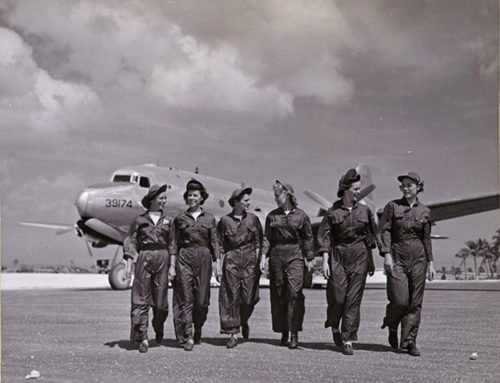When one thinks about submarines, the image of a straw broom is not likely to be among the first images that crop up. But strangely, these cleaning implements have a long and storied relationship with sea-going vessels. In the mid 1600s, Dutch admiral Maarten Troop, having just won an important naval battle in the First Anglo-Dutch War, had a crewmember hang a broom from one of the ship’s masts to signify that he had swept the British from the seas. Legend has it that his opponent, British admiral Robert Blake, responded by hanging a whip from one of his own masts to indicate that although he had lost this battle, he still intended to whip the Dutch into submission. (Ultimately, Blake and Great Britain would emerge victorious from the conflict.)
During World War II, American submarine crews, eager to showcase their many accomplishments, revived the practice. If a boat sank every target with which she engaged over the course of a patrol, the crew attached brooms to the periscope shears so their success, a “clean sweep,” was on display as they entered port.
In recent years, subs have displayed their clean-sweep brooms in a variety of contexts. When USS CHEYENNE (SSN-773), supporting Operation Iraqi Freedom in 2003, put all the TOMAHAWK missiles she launched on target without any duds or failures, her captain determined that that constituted a clean sweep. Other boats, such as USS OHIO (SSGN-726, after her conversion to a guided-missile boat) and USS VIRGINIA (SSN-774) have hoisted brooms after successful Alpha sea trials.
Perhaps the most unusual clean sweep was achieved in 2000 by the Military Sealift Command (MSC), which controls most of the Navy’s transport and replenishment ships. When the Y2K bug prowling through the command’s computers was finally vanquished, an MSC crewmember proudly hung a broom from the yardarm of the flagpole outside the command’s headquarters to celebrate the virtual clean sweep.





